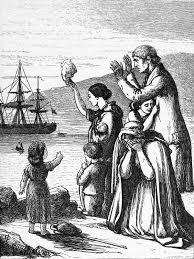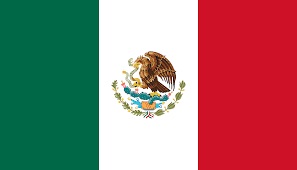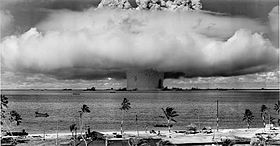 When I taught middle school science, I always took St. Patrick’s Day off from levers, rockets, and chemical reactions to teach a session on history. Irish history, but with a twist.
When I taught middle school science, I always took St. Patrick’s Day off from levers, rockets, and chemical reactions to teach a session on history. Irish history, but with a twist.
Those days very few of my students had an Irish background, but about half were Hispanic. There is a connection between St. Patrick’s Day and Cinco de Mayo which I will explain that at the bottom of this post.
The Irish immigrant story I taught on St. Patrick’s Day was always new, since my student’s were always new. That is also somewhat true of those who read this blog. If you were here the last time I told a version of this story, my apologies. It has been several years and this one is somewhat changed.
It is a moving story, which eighth graders are old enough to appreciate. Potatoes from the new world were perfect for Irish soil; where a crop of oats had supported four people, a crop of potatoes would support eight; when previously hungry people were no longer hungry, they had more babies. Then the potato blight struck, and there was no going back to oats because the population had grown.
The land was largely owned by the English. They continued to export grain throughout the famine. Vast numbers of Irish starved. Those who could raise the money took ship for America.
The passage was hard. Ten percent of those who left Ireland died on the way. Their quarters were cramped, filthy, and unhealthy. Eighth graders both love and hate this part of the story; they have a very human capacity to be simultaneously moved and grossed out. I would walk about the room, measuring out the cubicles with hand movements, mimicking the heaving of the ship in a storm, telling of the bilge seeping up from below, pointing out the sound and smell of vomiting from seasickness, and reminding them that the cedar bucket behind the blanket at the end of the central aisle-way would fill to overflowing with human waste on those days when the hatches had to remain battened down.
Then I would quote a passage from a letter sent back to Ireland by an immigrant, who described the passage then said, “But I would endure all that ten times over, rather than see my children hungry.”
Once in the United States, things were still hard. The Americans who were already here didn’t want them. They could only obtain the jobs no one else wanted. Many were Gaelic speakers and did not speak English. They were segregated into the poorest part of the cities. They were disrespected.
They bettered themselves, generation by generation. They learned American democracy, and elected their own kind to office. They learned American capitalism and many became rich. Eventually, they elected one of their own, John F. Kennedy, to be president.
Along the way, they began to celebrate themselves. St. Patrick Day parades are an American invention. They have only recently begun to be celebrated back in Ireland, but they have been important in America for more than a century.
A teacher has to talk fast to get all that into forty minutes and still have time for the payoff.
St. Patrick’s Day isn’t about shamrocks and leprechauns. Its about Irish pride. Its about saying, “I’m as good as anyone.” It can even say, “I’m here — deal with it.” St. Patrick’s Day is American, not Irish, because America is where the Irish had to speak up for themselves.
Cinco de Mayo is an American holiday. It is not widely celebrated in Mexico. Just as St. Patrick’s Day is Irish Pride Day, Cinco de Mayo is Mexican Pride Day.
It is a message I got across most years, but no one would have listened if I had not first captured their emotions with the story of a politically neutral and sympathetic people with whom both Anglo and Mexican students could identify.


 No one would doubt that Hellen Keller and Anne Sullivan were strong women,
No one would doubt that Hellen Keller and Anne Sullivan were strong women, From an album by the sixties folk band Pentangle.
From an album by the sixties folk band Pentangle.






